I’d been saving this story for some time now, but for various reasons I haven’t had a chance to follow through as much as I would have liked. So, what the hay, I’m going to write the story so far anyway.
Back in the early spring - think no greenery yet, the odd patch of dirty snow here and there, a bit of weak sunlight - I pulled up to one of the last Blockhouse Farmer Markets for the season. (Blockhouse runs its market over the winter months for those of you not here on the South Shore.)
Blockhouse’s is a tiny market. It’s held in the local school house, and includes a food vendor, a couple of vegetable vendors, and several dealing in crafts.
At the time I was eating a lot of eggs. Like, a lot. Every morning I’d have a couple. And I used them in other things as well. As I made the rounds of the sparse number of vendors - it was my first time to the small market - I arrived in front of a table holding some absolutely exquisite looking eggs.
They were not only white and brown, but aqua and turquoise coloured, along with some large duck eggs in their own carton, and which I’d never used before.
The vendor and I got talking, and ultimately she introduced herself. “I’m Montana,” she said.
“I’ve been to Montana,” I said brightly.
“I never have,” she said. “I’m from Texas.”
As it turns out, Montana runs the Lahave Regenerative Farm, and is absolutely delightful for a number of reasons. At this point, spoiler, I’ve had an open invite to visit the farm and have yet to do so. I really must make it over there; I’d still love to see the operation.
Duck eggs.
What does it mean that Montana runs a regenerative farm? Here’s how she describes it: “Using regenerative agriculture to humanely raise hormone-free and antibiotic-free: pastured pork, grass-fed beef, chicken, and chicken, duck, and guinea eggs, as well as chemical-free produce grown in a no-dig market garden using only compost and organically certified amendments.”
Among other things, on her website, Montana writes the Potty mouthed farmer’s blog.
At any rate, when Montana found out I had never cooked with duck eggs she insisted I take a couple with me. What a difference from chicken eggs. The yolk is that much larger, and the egg contains much more protein. I used them in a frittata and ended up with a lovely, rich meal.
Montana currently sells her wares every second week at the Lunenburg market. If you get a chance, you should stop past and get some of her eggs, among other things.
Sad News on the local front
In the last Tales from beyond the grid I wrote about the impending Oktoberfest celebrations coming up at the Old Black Forest Restaurant. While those will still go ahead, the restaurant posted on September 30, announcing that it is closing its doors.
“October 29th will mark the end of an era for the restaurant,” the Old Black Forest Restaurant wrote on its Facebook page. “We want to extend our deepest gratitude to everyone who has supported us throughout the years. Your patronage has meant the world to us, and we hope that the memories you've created here will be cherished for a lifetime.”
(Here is a link (scroll down for the item once you arrive on the page) back to my memory of the Old Black Forest Restaurant.)
The restaurant cited numerous challenges, not the least including rising costs from our inflationary times, and the “significant impact” of the COVID-19 pandemic. “These challenges have made it increasingly difficult to sustain our business. As much as we wish we could continue serving our loyal customers, we've reached a point where we must make this difficult decision.”
According to the restaurant, as it approaches closing day there will be limited availability of menu items. “We encourage you to visit soon to enjoy your favorite dishes one last time.
“We will remain open from 4-8 pm on Saturdays and Sundays until October 29th. We invite you to join us for one last Schnitzel and Beer to reminisce and say farewell.
“Thank you for being a part of our journey at the Old Black Forest Restaurant.”
Nosy Parkers want to know
As a child, if we were too inquiring, we’d be branded with the epithet “nosy parker.” Well, this nosy parker wanted to know what happened to a couple of events that Hurricane Lee put the kibosh on a few weekends ago.
Nonfiction writer Harry Thurston - for years he wrote features for Equinox Magazine and Harrowsmith, and published a number of books on the natural world - is also a poet. He was set on the weekend of Lee to read from his new book of poetry, Ultramarine (published by Gaspereau Press), at Lunenburg Bound.
Well, alas, those plans got…er, blown to pieces when Lee proved no lover of poetry. Lunenburg Bound tells me that the new date is November 18 at 7 p.m., and assured me they’d make some more noise regarding the reading as the date drew closer.
That same weekend - damn you, Lee! - artist Laurie Swim along with author Carole Bruneau were preparing to celebrate the publication of No Ordinary Magic: The Art of Laurie Swim (Goose Lane Editions). You can guess what happened.
At this point, I’m told a new date is not yet set, but something should take place in the next month or so. We’ll look forward to it.
Regarding that radio show….
If you recall, a few posts ago I mentioned that I would be hosting a one-hour radio show on books every two weeks on the new community radio station, Coastal Villages Community Radio (CVCR).
Unfortunately, that’s gone by the wayside as well. After a successful launch in February, the station wasn’t able to sustain itself and find the funding it needed to continue. So before I even had a chance to put the first script to air, the station is done. I think that’s a shame; I would have liked to hear different, alternative voice on the air.
At any rate, I informed the book publishers across the country (and am still in the process of doing so) of the new status, and thankfully, gratefully, most of them are still on board with the idea that I will continue to receive and review books, just not for airing for broadcast.
Rather, I’ll be opening a portion of this newsletter for reviews every issue. And, who knows, I may decide to expand books and literary coverage beyond that here as well.
As with the radio show, a lot of the focus will be on topics related to the South Shore, coastal issues, and so forth. Beneath is the first repurposed piece. Originally, it was supposed to be an interview with the author, and who doesn’t say those may still appear, but has been changed to a review instead.
Frankly, these days, authors, books, and publishers need all the help they can get, and I’m only too happy to provide a new venue for discussion.
What I’m reading
The Deepest Map: The High-Stakes Race to Chart the World’s Oceans
By Laura Tretheway
Published by Goose Lane Editions; 336 pages; $24.95
For a brief flicker in the media maelstrom we call news suddenly the ocean floor flared into importance.
An improbable submersible shepherding billionaire tourists to view the wreck of the Titanic imploded. All five passengers aboard died as it plunged into the deep North Atlantic.
At the same time, proposals to mine the ocean’s floors for critical minerals were the subject of international friction as countries and organizations fretted over the consequences.
In the midst of all this, journalist Laura Tretheway published The Deepest Map: The High-Stakes Race to Chart the World’s Oceans (Goose Lane Editions). Incredibly, her book anticipated these remarkable events. Did Tretheway own a crystal ball? Not at all. She just asked the right questions, conducted incisive research, and produced some pointed journalism.
Tretheway describes herself as an ocean journalist. Her work has appeared in the Guardian, the Atlantic, and the Walrus, and her first book, The Imperilled Ocean, was a Globe and Mail Top 100 Selection.
For Tretheway, one of the oddest statements that came up over and over was, We know more about the surface of the moon than we do about the bottom of the ocean. That statement bothered Tretheway who, as a self-described ocean journalist, found herself wondering: Why do we know so little about the ocean?
As it turns out, ocean mapping is neither cheap nor easy. Tretheway became intrigued by an initiative to map the ocean floors called Seabed 2030. She began to investigate and quickly learned “for starters the ocean is huge.”
Wrote Tretheway: “It is vast - incomprehensibly so. The majority of the planet is flat blue ocean, and that’s only what we can see on the surface…on average the ocean is nearly 2.5 miles deep - 10 times the height of New York City’s Empire State Building.”
The area is inhospitable and unforgiving, difficult to map, to say the least.
The author notes below is a universe of bone-crushing barometric pressure, freezing temperatures, and all consuming darkness. She recounts that during her time aboard one exploration vessel the weather was so brutal that they managed to map only an area the size of Rhode Island before being forced to return to land.
“In places such as the big, wild uncharted Southern Ocean around Antarctica, roaring waves as tall as skyscrapers are commonplace.”
As previously mentioned, mapping the ocean floor is not cheap. The Seabed 2030 mission costs between $3 billion and $5 billion.
To…er, get to the bottom of things, Tretheway plunged into the world of underwater mapping - and what a fascinating place it is. She followed a fledgling ocean mapper who joined an expedition herself.
That expedition is less about science and ocean mapping than helping a private individual become the first person to reach the bottom of all five oceans. If along the way, those are mapped and helps scientists gain ahold of deep sea samples, those are secondary to breaking the record.
The adventure of the Pressure Drop becomes the narrative for the Deepest Map, that enables Tretheway to explore the new frontier of the ocean mappers. Who knew that naming and claiming the sea floor could form an entire chapter, or the same for crowdsourcing a map of the Arctic.
Ultimately, Tretheway considers buried history such as shipwrecks, if not specifically the Titanic, and looks at the relatively new controversy of sea bed mining. Why map the ocean floors? “Does mapping a place equally knowing a place?” she asks rhetorically.
Probably not, is the answer, as she notes it raises more questions than it answers. “After that comes a never-ending cascade of mysteries to solve,” Tretheway writes. We can thank Tretheway for pointing us in that marvelous starting direction in this timely, thoughtful, and adventurous book.



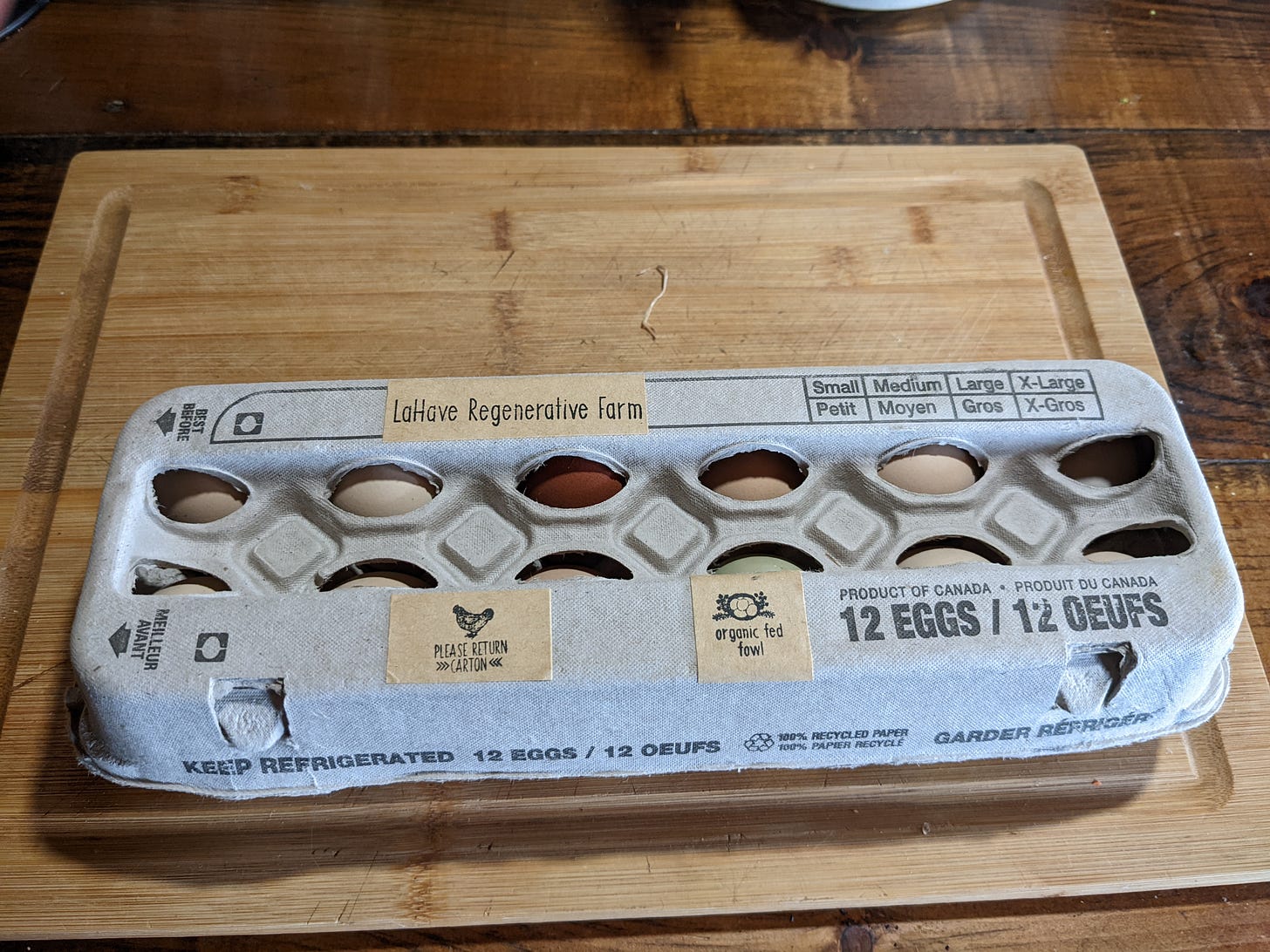
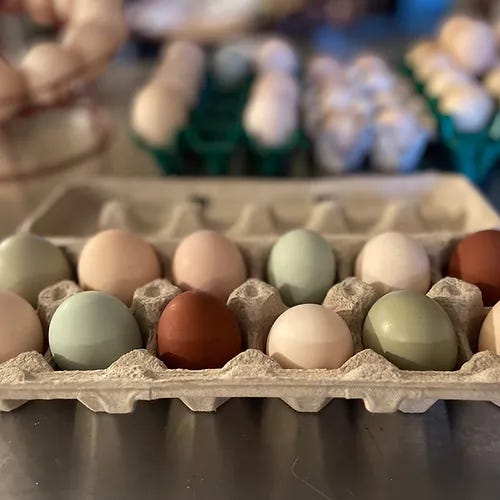


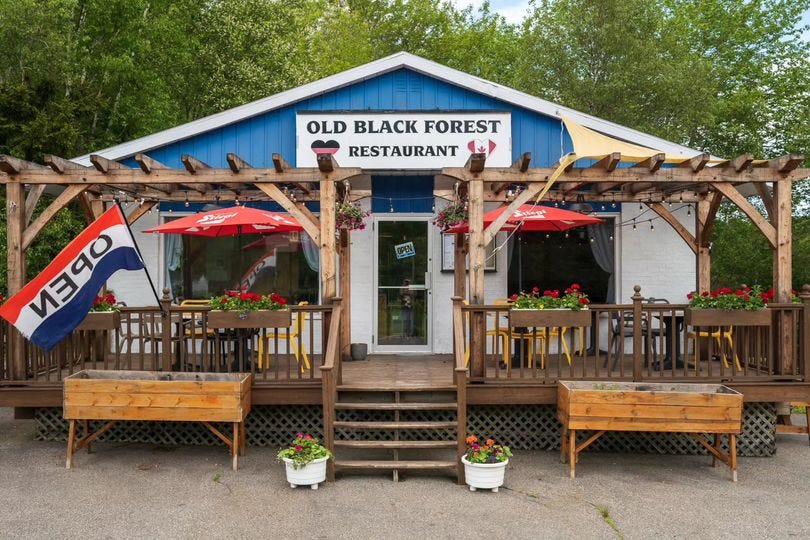
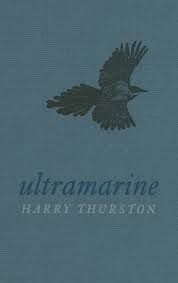

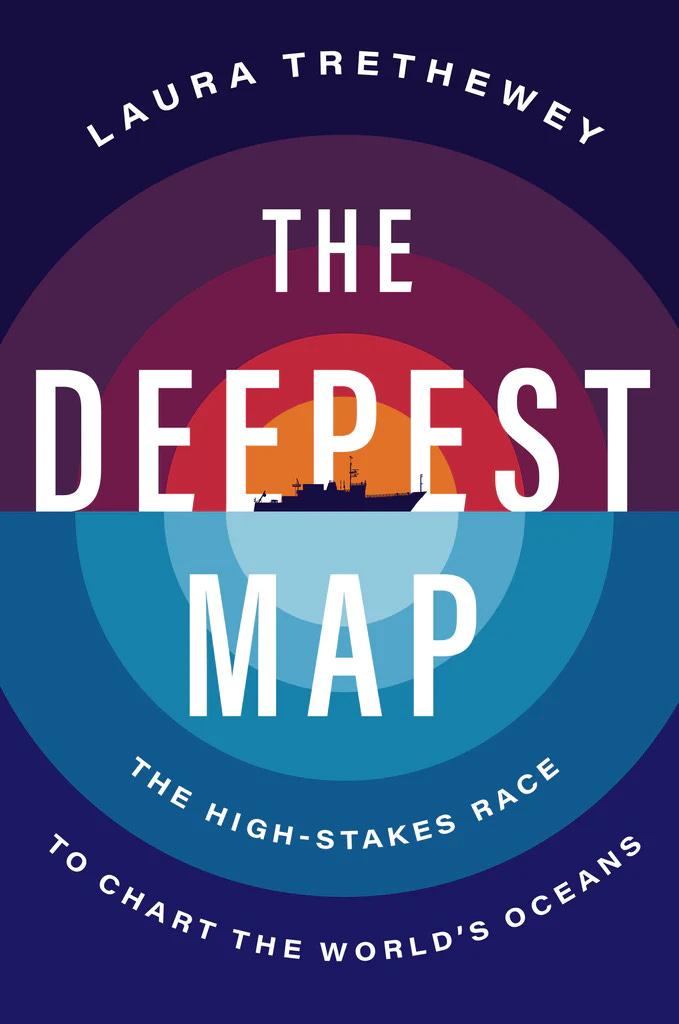
Very nice, Charles. Hope you're feeling well.
Enjoyed the Montana story and to know that such farms are still an option in NS.